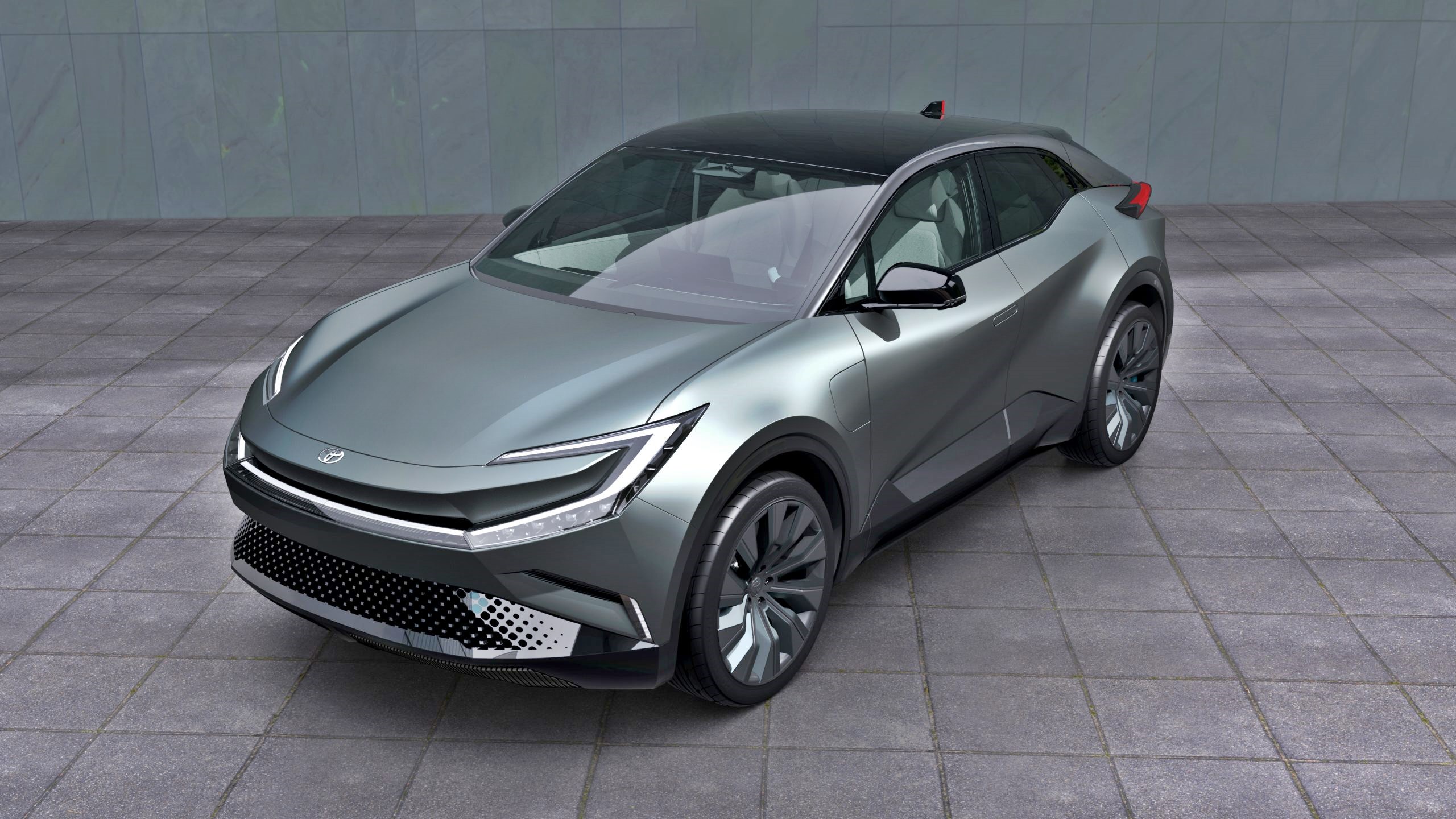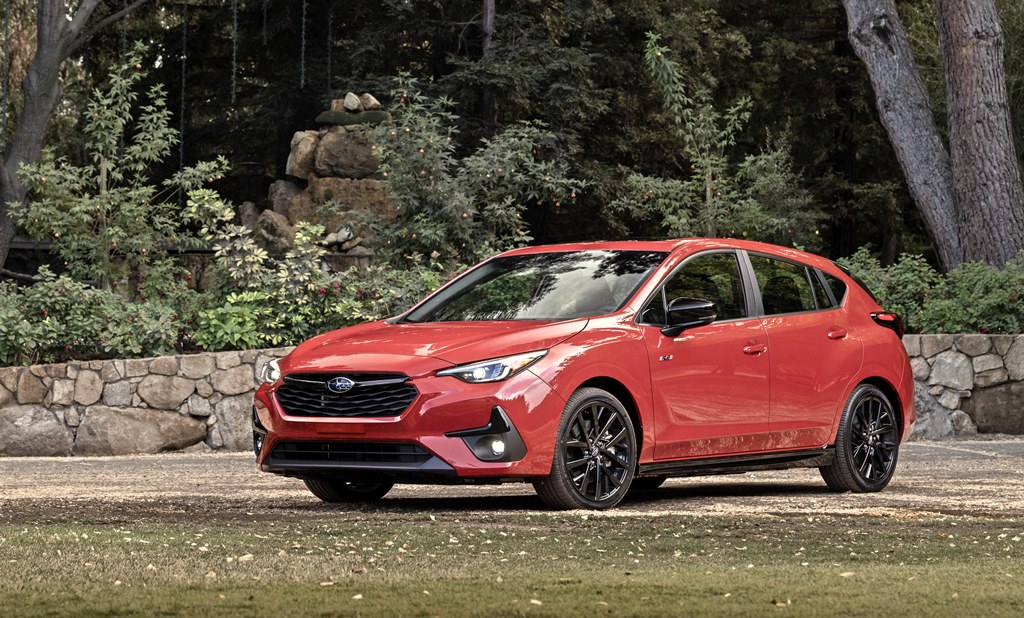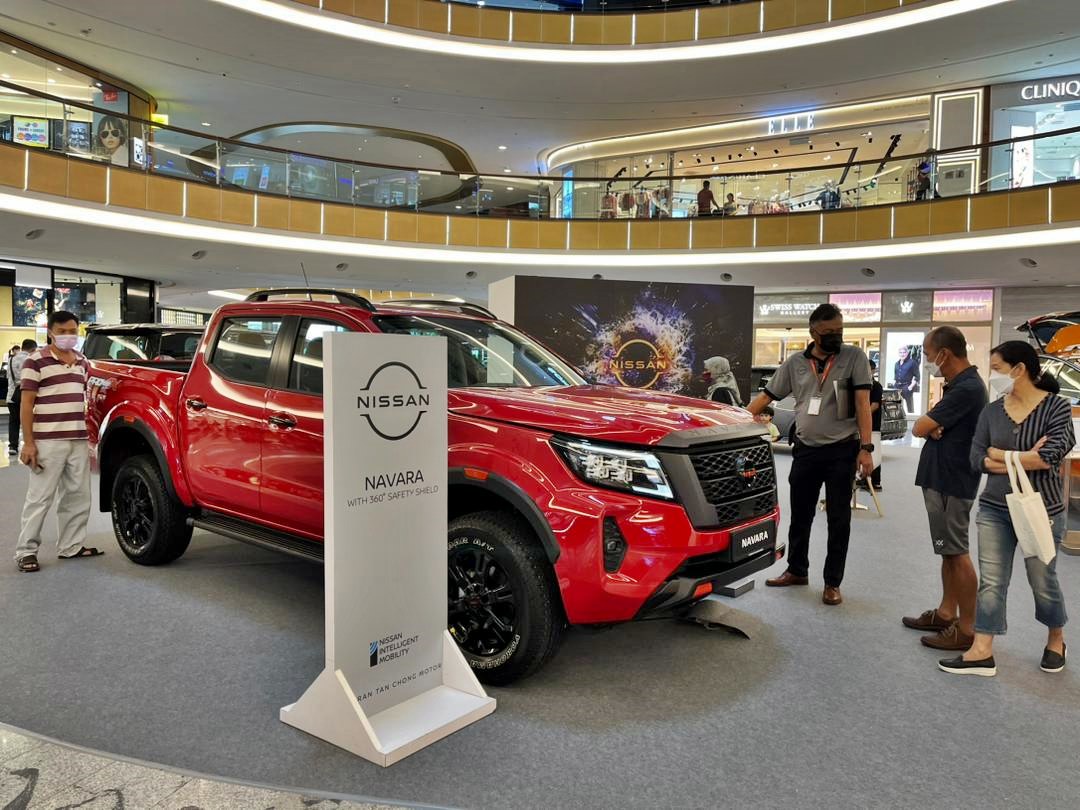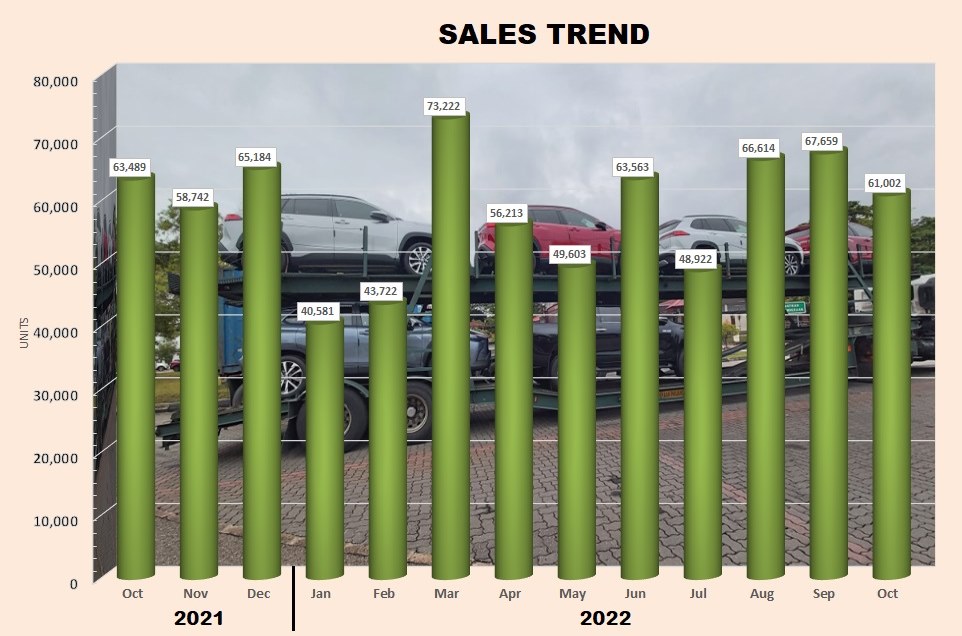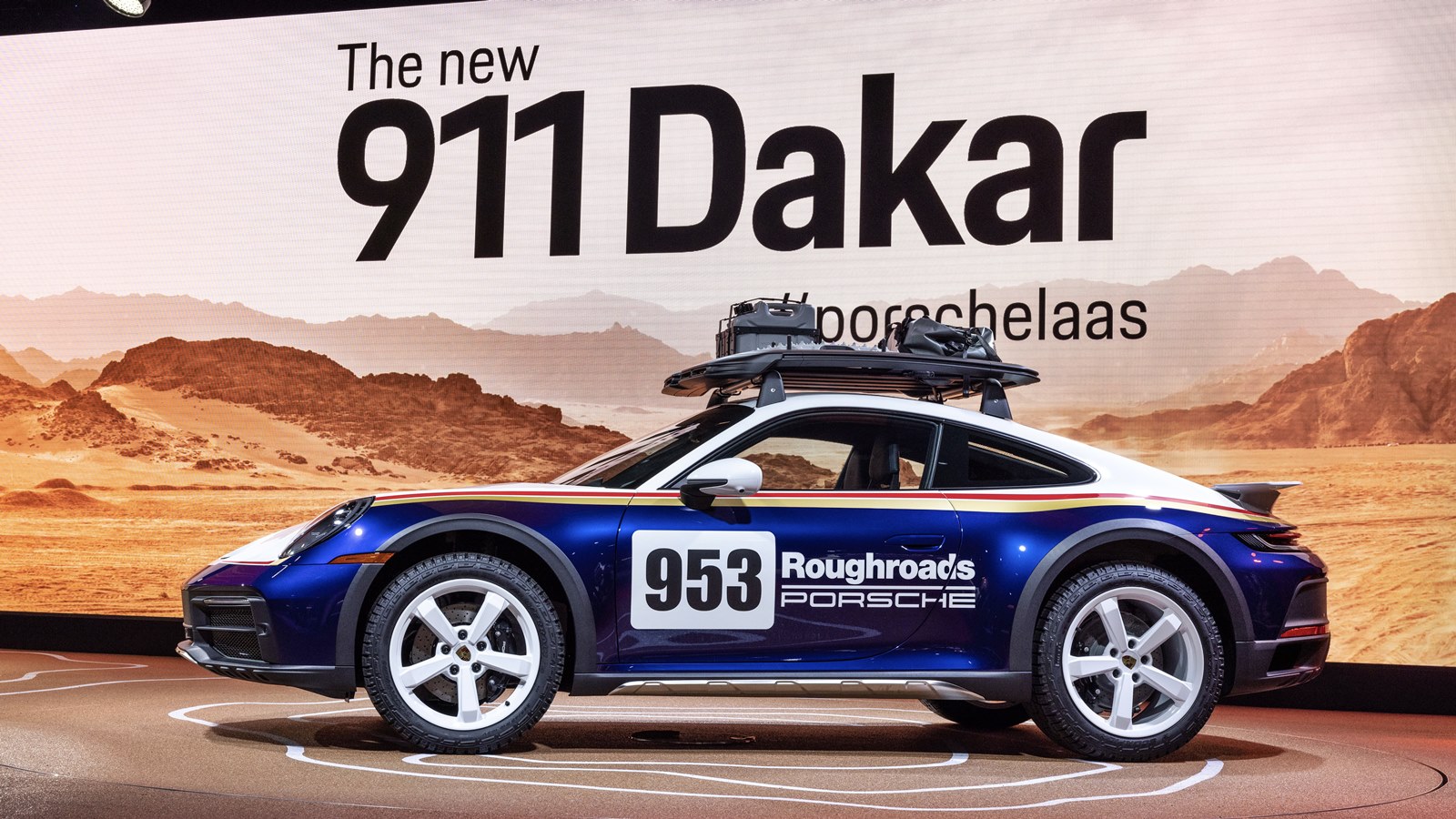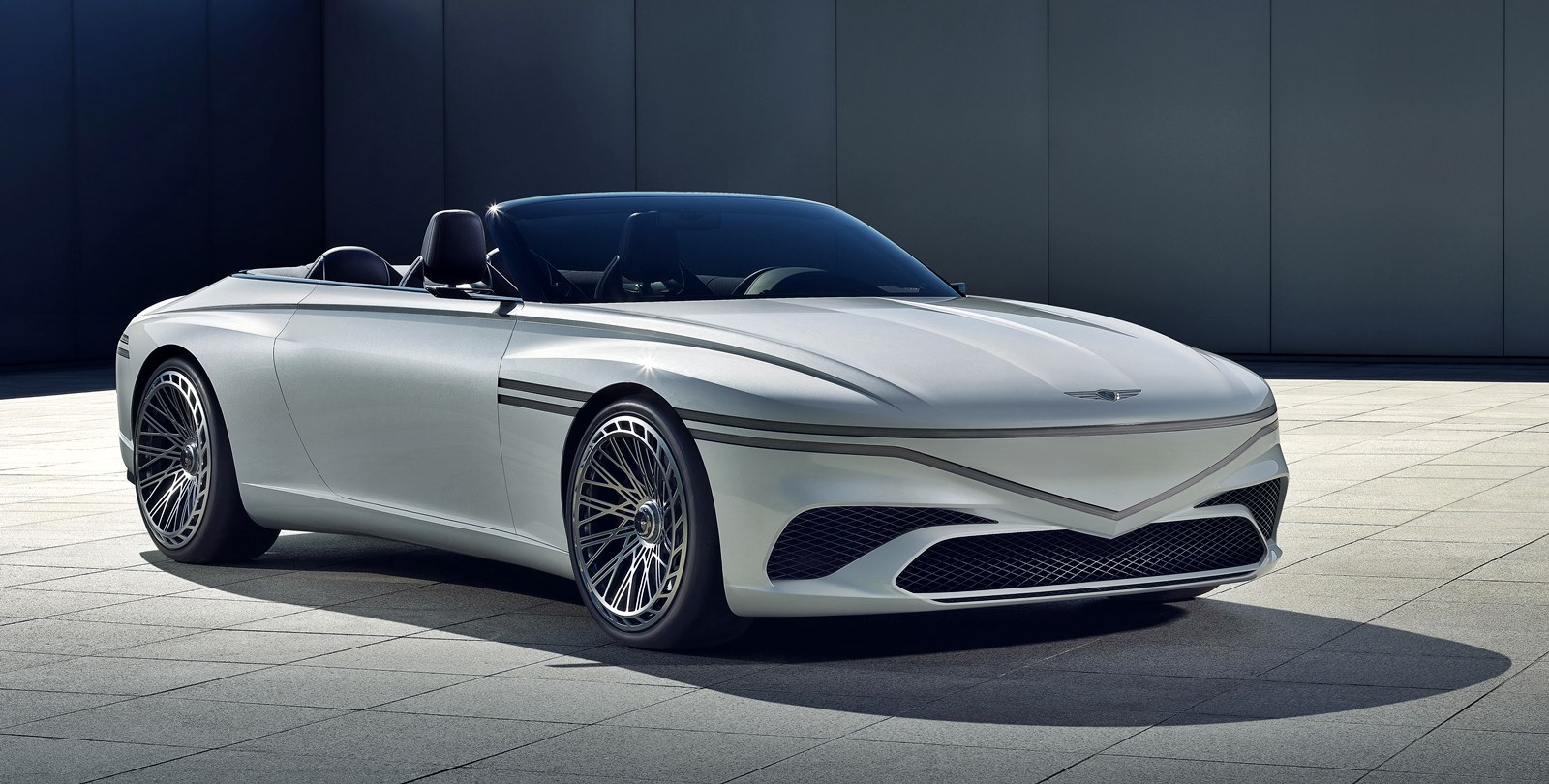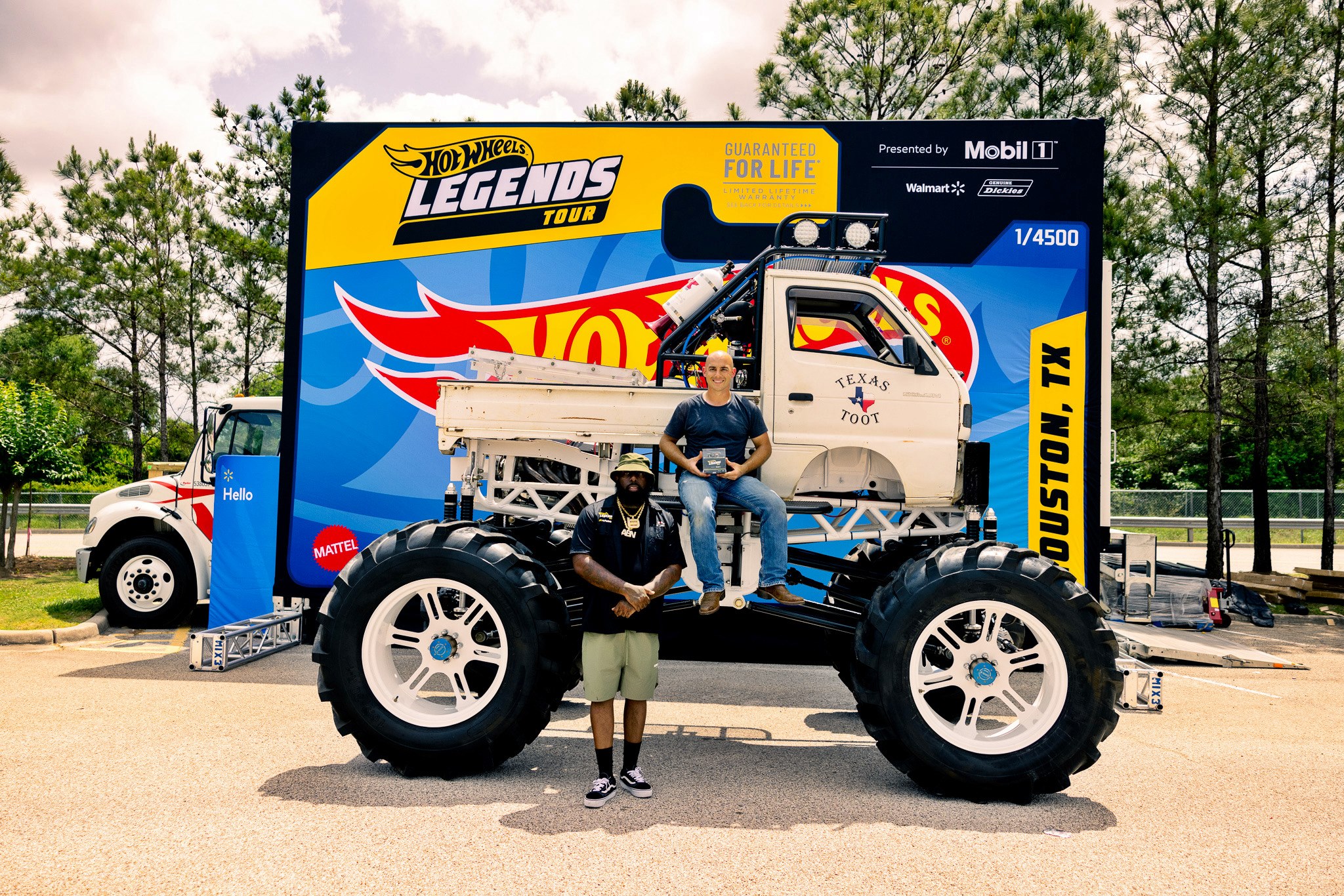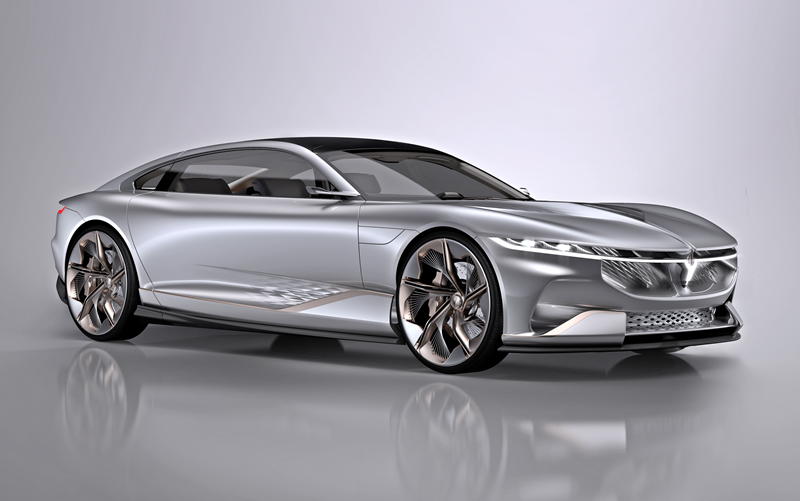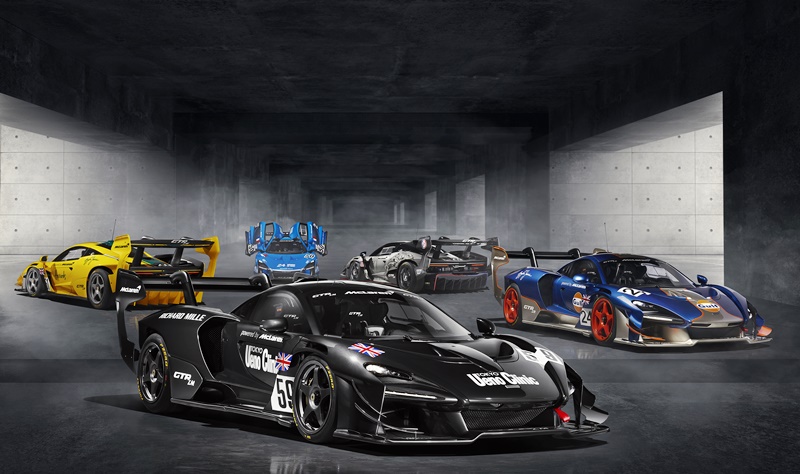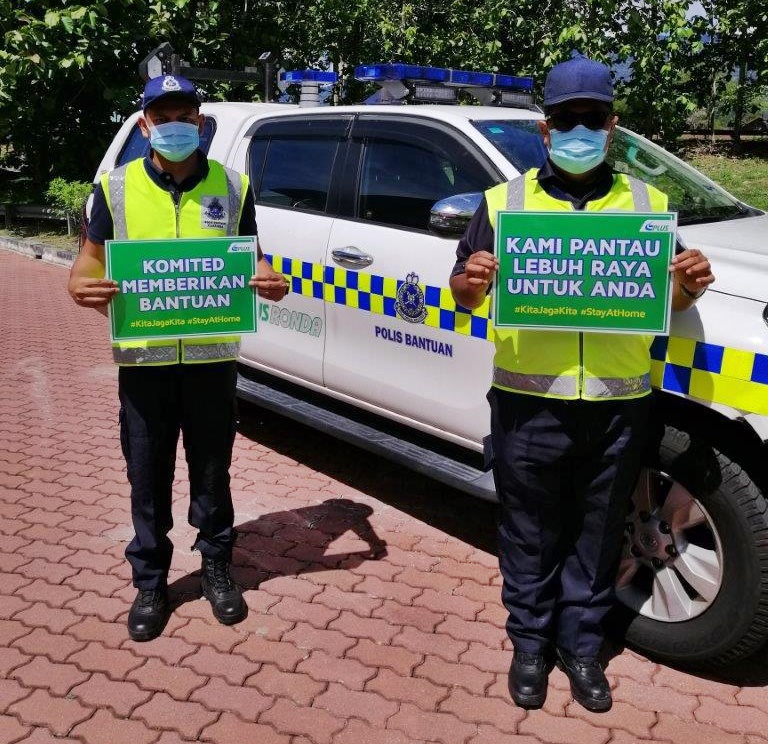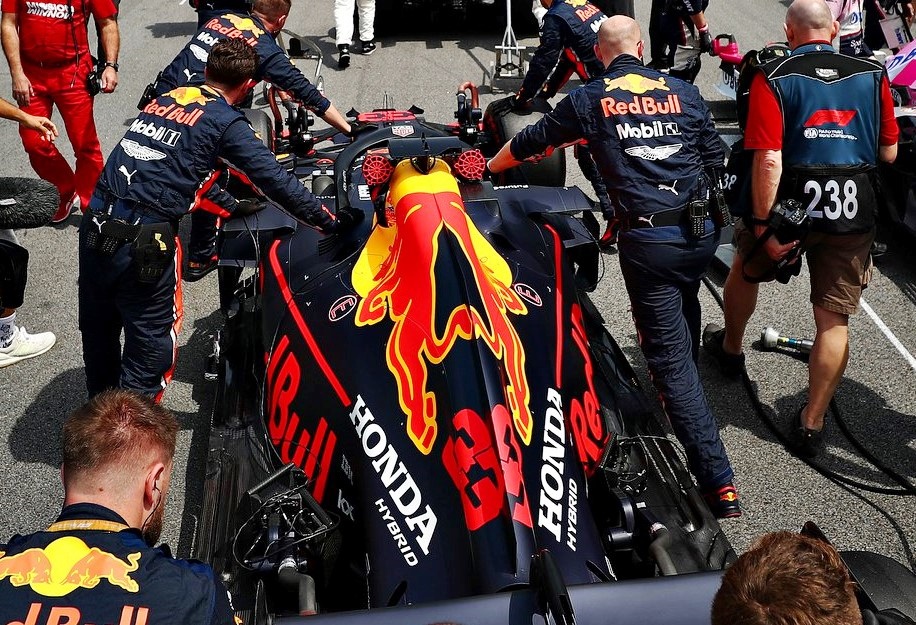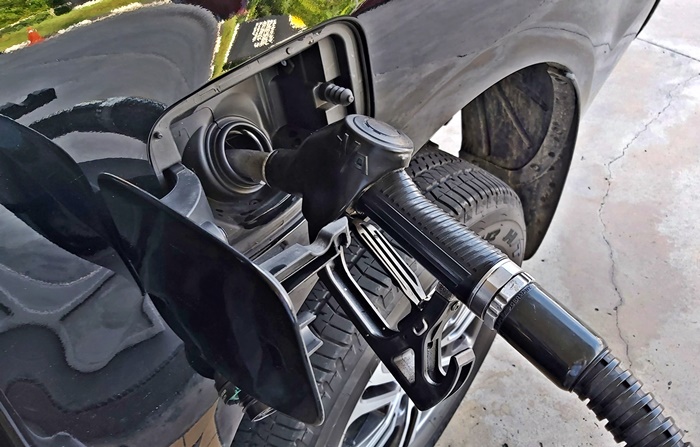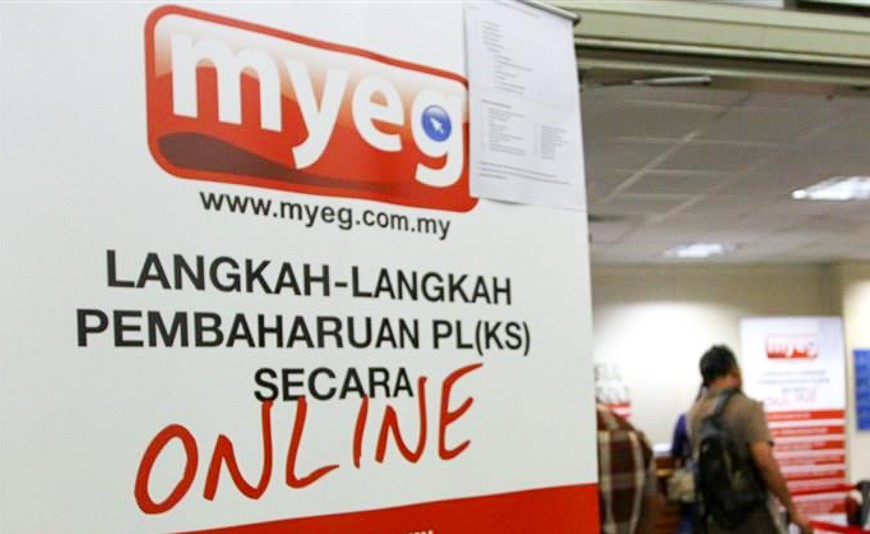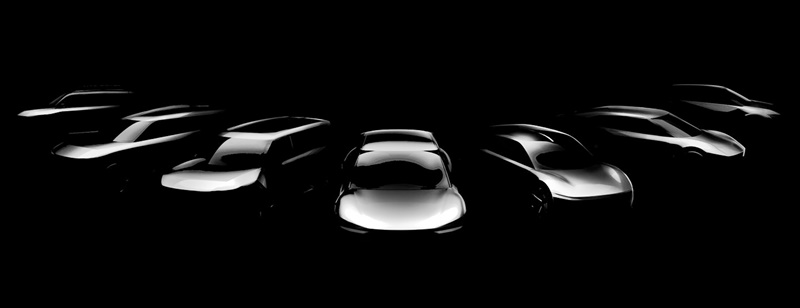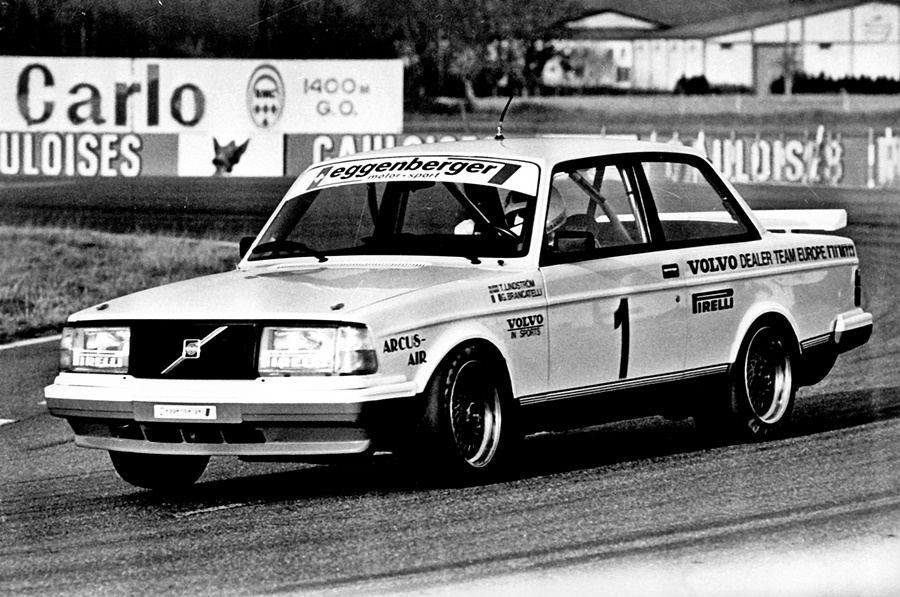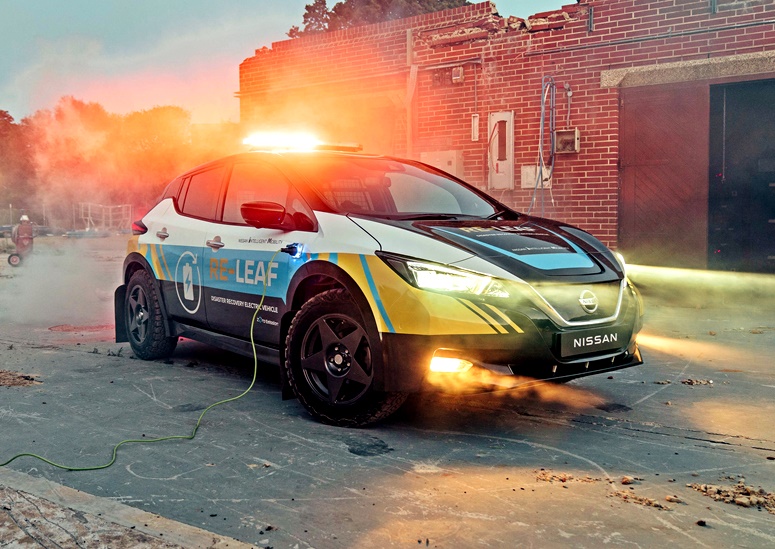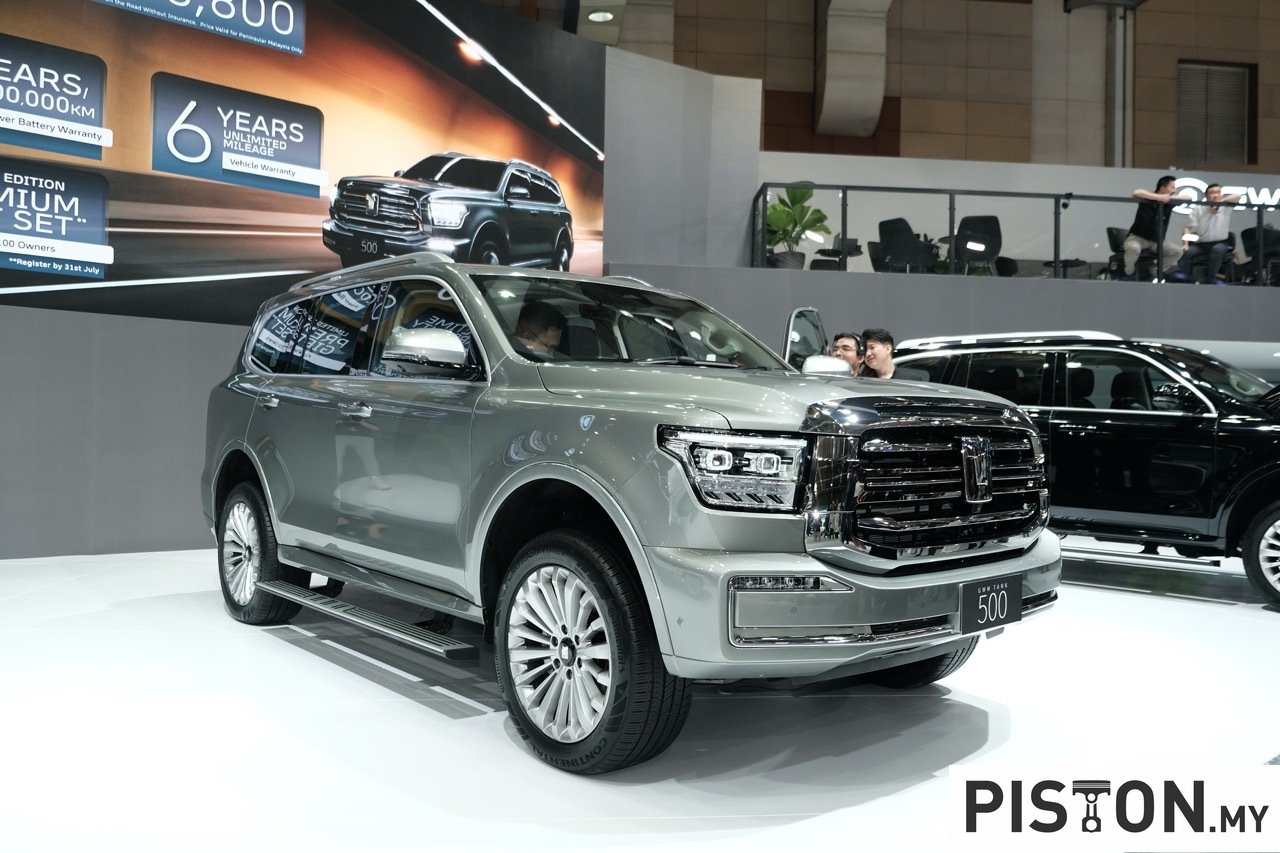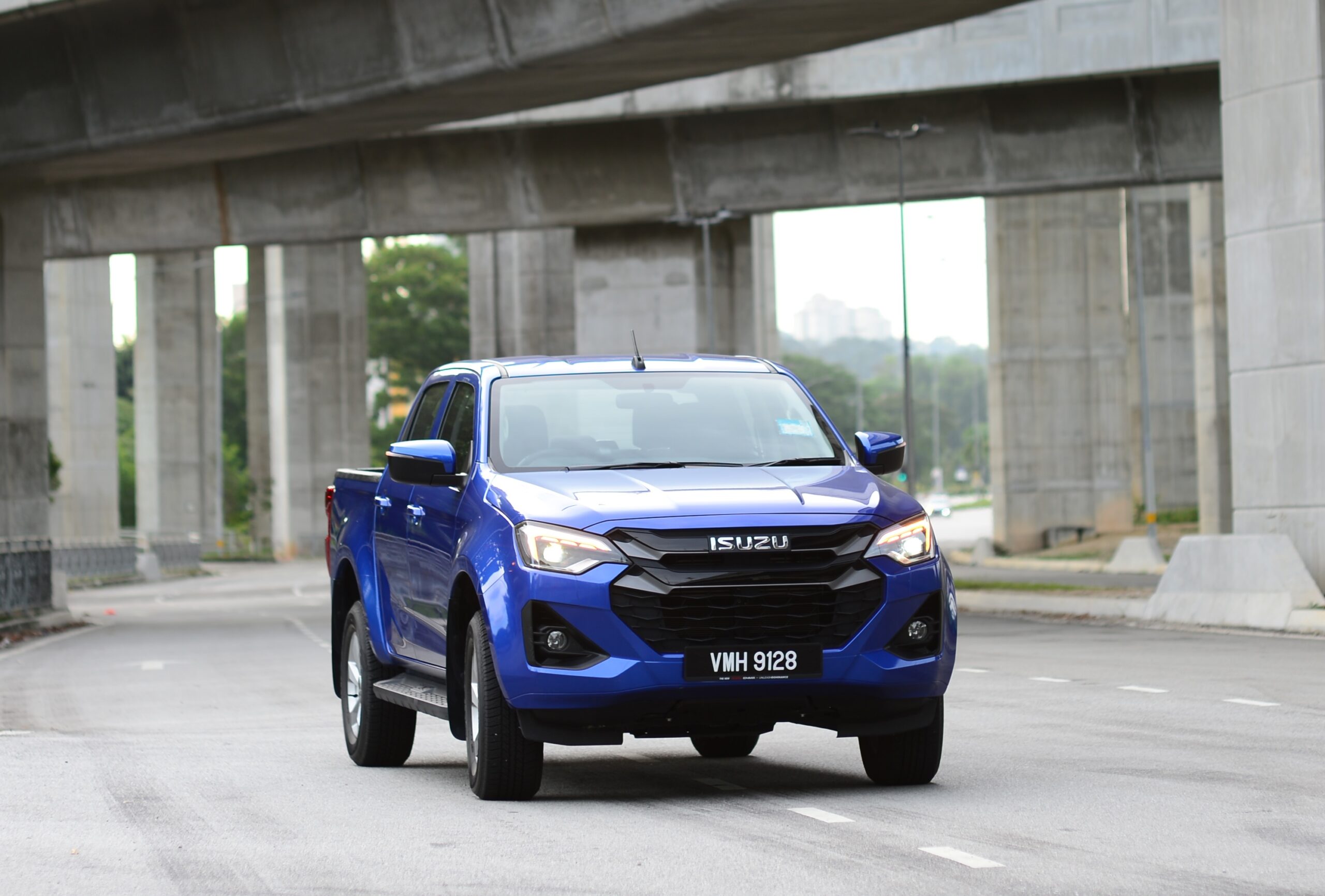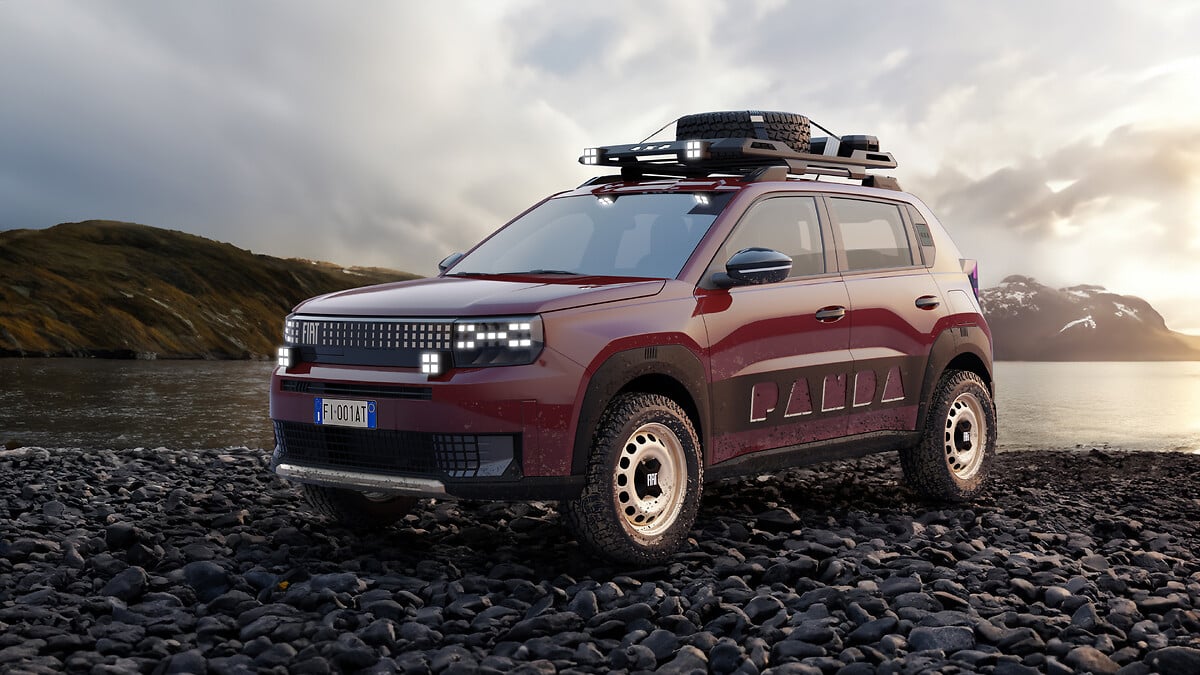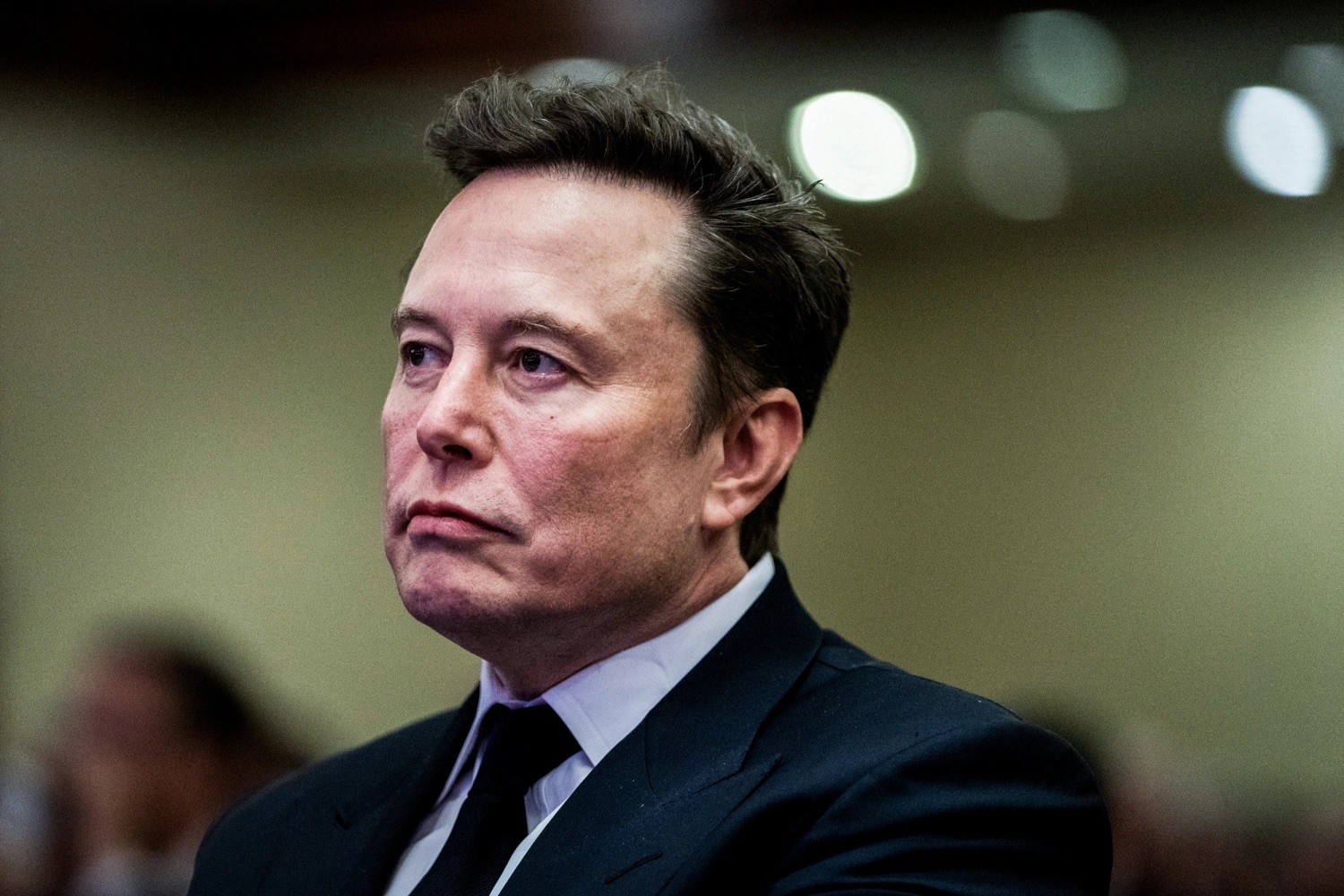Toyota, it seems, is eager to show the world that even though it will continue to offer mobility solutions that include combustion engines, it is also giving a lot of attention to developing new battery electric (BEV) models. Behind the scenes, there must be a lot of R&D going on and at the end of last year, Akio Toyoda showed no less than 17 prototype BEV Toyota and Lexus models.
Since then, the company has been rolling out new models to show that it is making rapid progress and will have a growing range of BEVs in the near future. This will soon include a model that is presently known as the bZ Compact SUV concept. It looks production-ready so expect it to be on sale sometime in 2023.
(more…)


